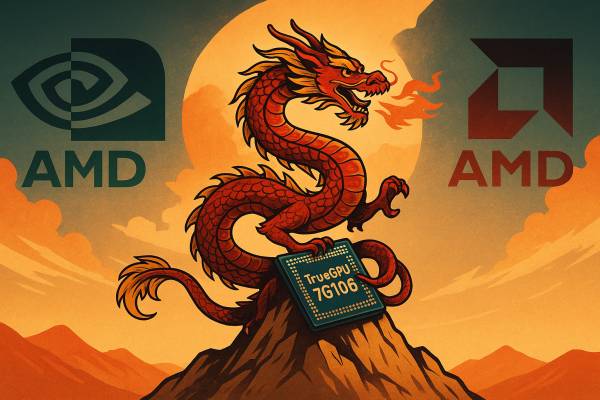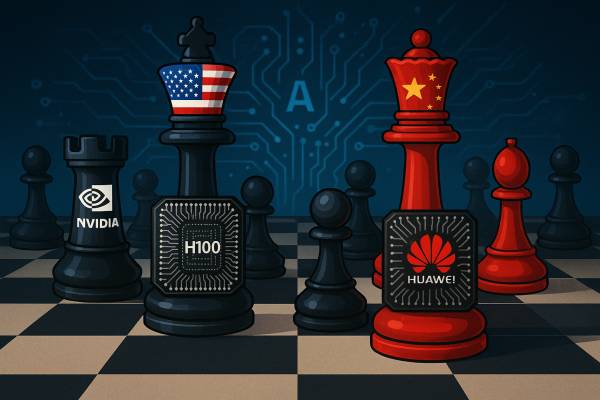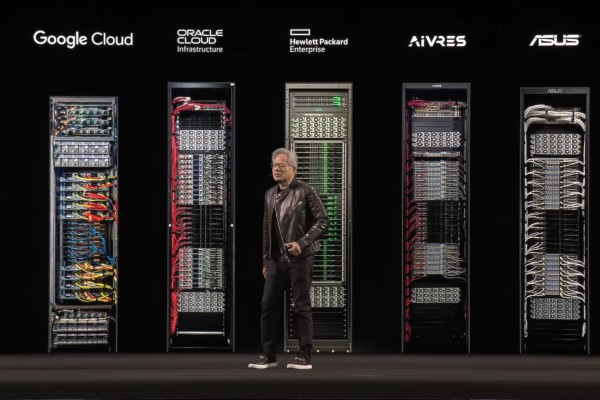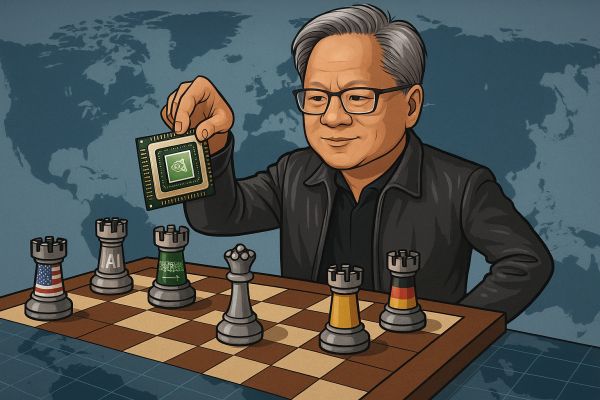NVIDIA has announced a major shift in its driver support strategy. This decision affects millions of users, but what does it actually mean in practice? Is it really time for everyone to consider upgrading their hardware, or is the situation more nuanced? Understanding the implications is key to staying prepared for the technological changes of the coming years.
The core of NVIDIA’s announcement is that starting in October 2025, it will stop releasing so-called Game Ready drivers for three previously extremely popular graphics architectures: Maxwell (GeForce GTX 900 series), Pascal (GeForce GTX 10 series), and Volta (Titan V). This change affects well-known models like the GeForce GTX 1060, which still maintains a significant share among gamers today. Discontinuing the Game Ready program means that these cards will no longer receive updates that optimize performance for newly released games, improve frame rates, or fix issues in the latest software.
However, it’s important to note that support isn’t ending entirely — it’s simply being restructured. According to NVIDIA, after October 2025, these older cards will continue to receive quarterly security updates for three more years, until October 2028. These updates will be limited to addressing vulnerabilities in the driver code and will no longer improve game performance or stability. This means the cards won’t suddenly become unusable; older games will still run as before, and many newer titles may continue to launch as well — just without the benefit of ongoing manufacturer optimization. The change does not affect newer models based on the Turing architecture, such as the GTX 16 series and all RTX cards, which will continue to receive full support.
The timing of this decision is closely tied to another major event in the software industry: on October 14, 2025, Microsoft will end mainstream support for the Windows 10 operating system. In alignment with this — and even offering a sort of grace period — NVIDIA made a related announcement. The company will continue to provide full Game Ready driver support for all RTX graphics cards running Windows 10 until October 2026, one year beyond Microsoft’s deadline. This is good news for users who, for whatever reason, haven’t yet transitioned to Windows 11, as they will continue receiving optimizations for the latest games and applications.
For gamers, the practical consequences are most evident in the increasing adoption of new technologies. Pascal and earlier-generation cards lack support for hardware-based ray tracing and DLSS — the AI-powered upscaling technology. While ray tracing was once just an optional visual feature, more and more modern developers are treating it as a core element, with some new titles even requiring it to run. The lack of DLSS is becoming a significant competitive disadvantage, as this technology can greatly enhance performance while preserving image quality — something that’s crucial for today’s hardware-intensive games.
In conclusion, NVIDIA’s move isn’t a sudden cutoff, but rather a carefully planned, gradual technological transition. The company rightly emphasizes that in some cases, it has supported these hardware generations for up to 11 years — far exceeding industry standards. Although it marks the end of an era for iconic cards like the GTX 1080 Ti and GTX 1060, users still have plenty of time to evaluate their options and plan for the future — without being forced into panic decisions. These GPUs will remain safe to use for years; the only real question is when each user will feel the need to upgrade in order to keep enjoying the latest games.
































